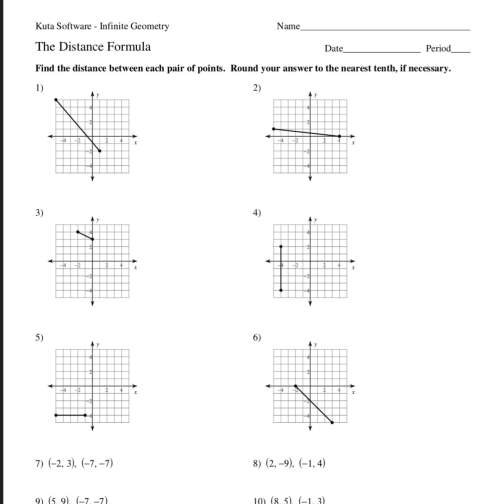
Mathematics, 12.03.2021 18:30 thanks5640
The relationship between the depth of a river d and the width w from one edge, both in meters, is modeled by a quadratic function d(w)=1100w2−w, the graph of which is shown.
Based on d(w) and its graph, determine whether the following statements are true or false.
The river can reach up to 25 meters in depth. T or F
The river has an axis of symmetry at w=50 meters. T or F
The river is 50 meters in width. T or F
The river reaches its deepest point at w=100 meters T or F


Answers: 1
Another question on Mathematics

Mathematics, 21.06.2019 16:30
Consider 6x2 + 6x + 1. which term immediately tells you that this expression is not a perfect square trinomial? justify your answer
Answers: 2


Mathematics, 21.06.2019 17:30
Noor brought 21 sheets of stickers. she gave 1/3 of a sheet to each of the 45 students at recess. she wants to give teachers 1 1/2 sheets each.
Answers: 2

Mathematics, 21.06.2019 20:30
Does the function satisfy the hypotheses of the mean value theorem on the given interval? f(x) = 4x^2 + 3x + 4, [−1, 1] no, f is continuous on [−1, 1] but not differentiable on (−1, 1). no, f is not continuous on [−1, 1]. yes, f is continuous on [−1, 1] and differentiable on (−1, 1) since polynomials are continuous and differentiable on . there is not enough information to verify if this function satisfies the mean value theorem. yes, it does not matter if f is continuous or differentiable; every function satisfies the mean value theorem.
Answers: 1
You know the right answer?
The relationship between the depth of a river d and the width w from one edge, both in meters, is mo...
Questions























